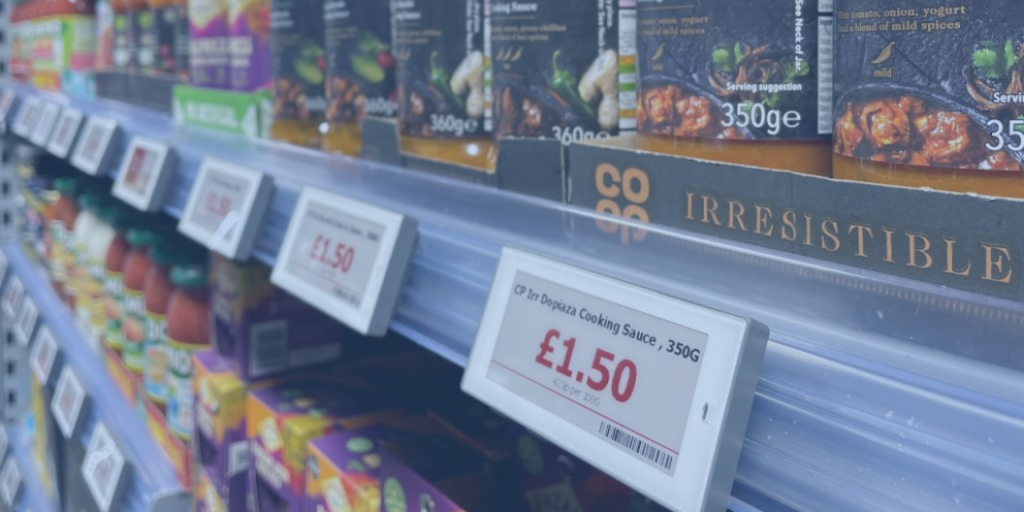Price stickers, in-store signage, and the vast volume of merchandise in a store can make price daily adjustments overwhelming.
As a result, many of these retailers are losing out on the increased sales and higher profits experienced by online outlets. Retailers, many of whom are already dealing with tight margins just to survive, need to find creative methods so that they are not left behind by their online competitors.
Fortunately, we are seeing some offline shops get creative as a way to introduce dynamic pricing into their stores.
Top 50-100 Items
One trend we’re starting to see is the partial adoption of dynamic pricing. Retailers recognize that they don’t have the resources to change pricing on the thousands of items in their store every day. Even if they could hire more employees to just change prices, the cost of additional workers would eat away the profits generated.
Instead, retailers are focusing on their top 50-100 items, and using dynamic pricing tools to maximize sales and profits on those items. They usually require a minimum price change before sending employees out to remove and update price tags, but once that threshold is reached, they will adjust pricing to keep up with the competition. Additionally, they’ll limit price changes to 1-2 times per day.
The remaining items they carry are dynamically repriced whenever inventory on shelves needs to be restocked. Through this limited approach, stores including supermarkets are seeing increased profits.
Electronic Price Labels
A second trend we are starting to see in stores are centrally controlled, digital price tags. The electronic labels are connected to the store’s backend system and can easily be adjusted simply by changing the price in the store’s POS system.
Electronic price labels are an elegant solution, which can be done with minimum disruption to a sales floor. It doesn’t require employees to remove and change price tags or interrupt a customer’s shopping experience.
This approach is ideal as it covers the retailer’s entire product line and allows for the full use of data on every item in the store.
Unique In-Store Challenges
One element that is unique to brick-and-mortar stores is the inability to lock prices in once they are placed in the cart. As opposed to an online store which saves the price, physical stores don’t have a method in place to lock a price that is in the cart. If the customer picks up an item that costs $10, and the price changes before they reach checkout, they will be asked to pay a different price than expected.
However, as more and more stores adopt scan-and-go technologies, customers can lock in their price when it goes into their cart.










